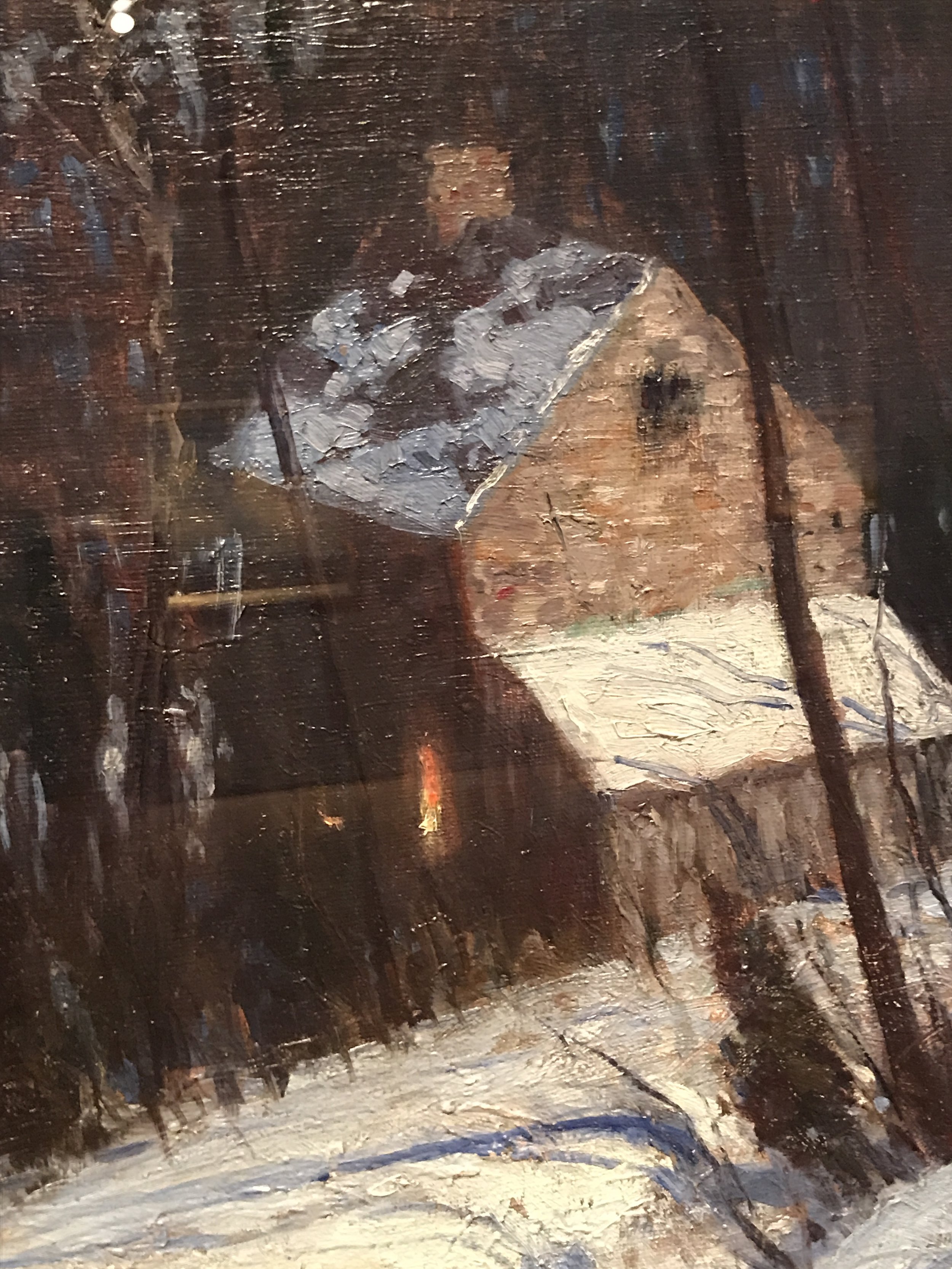George Sotter is linked to the Bucks County Impressionists in Light and Shadow at the Michener Museum both in venue and through associated artists. The artists who gathered around the Phillips Inn in New Hope around 1900 participated in a trend of establishing rural colonies that were easily accessible to cities, generally near a water source, and where like-minded individuals provided socialization, discourse and encouraged practice as professionals. In this lecture we consider the differences between a colony that emerged in Cos Cob, Connecticut, with John Twachtman at the center, and the one that developed in New Hope, where William Lathrop and Edward Redfield were the leading luminaries. Redfield drew Sotter into the community and the younger artist purchased a house in the area in 1920, 22 years after the colony first formed, and as Impressionism had begun to ebb in popularity.
Gerdts, William H. American Impressionism. 2nd ed. New York: Abbeville Press, 2001.
Larkin, Susan G. The Cos Cob Art Colony: The Impressionists on the Connecticut Shore. New York: National Academy of Design, 2001.
Peterson, Brian H., ed. Pennsylvania Impressionism. Philadelphia and Doylestown: James A. Michener Art Museum and University of Pennsylvania Press, 2002. Exhibition catalog.
George Sotter, Moonlight Bucks County, c. 1935
